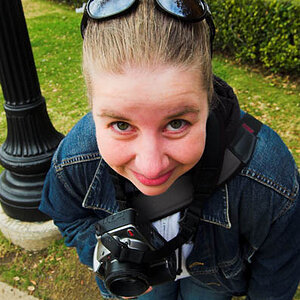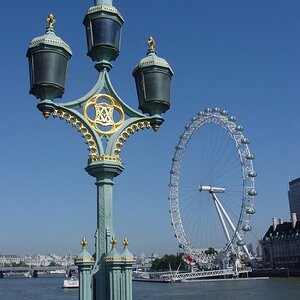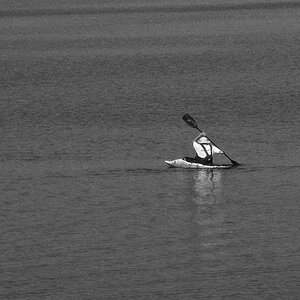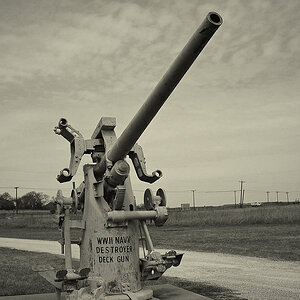Misfitlimp
TPF Noob!
- Joined
- Jul 8, 2009
- Messages
- 375
- Reaction score
- 1
- Location
- Fillmore, CA
- Can others edit my Photos
- Photos OK to edit
So i own a canon 50D and I know the lens i use isnt what it seems. For example if i have my lense at say 28mm it really isnt 28 because i have to multiply it by 1.6 so my question is do i add the diffrence or do I just multiply for example 28x1.6= my actaul focal length or is it 28x1.6=x and then i add x to my 28mm to get my actual focal length? sorry for the newb question and for turning TPF into math class.





![[No title]](/data/xfmg/thumbnail/37/37126-93feffeca0e9e6ad893962c03a7a341e.jpg?1619737884)
![[No title]](/data/xfmg/thumbnail/38/38723-12789924db409b40399a402700ac823c.jpg?1619738702)


![[No title]](/data/xfmg/thumbnail/32/32638-22cfef06fc91cb3aee39b7b55c36198d.jpg?1619735555)

![[No title]](/data/xfmg/thumbnail/37/37123-508270c4d14bcf3f293bd90dfd8ba6b4.jpg?1619737883)

![[No title]](/data/xfmg/thumbnail/32/32635-be18e952e67667cbb1525b4b057b6423.jpg?1619735554)